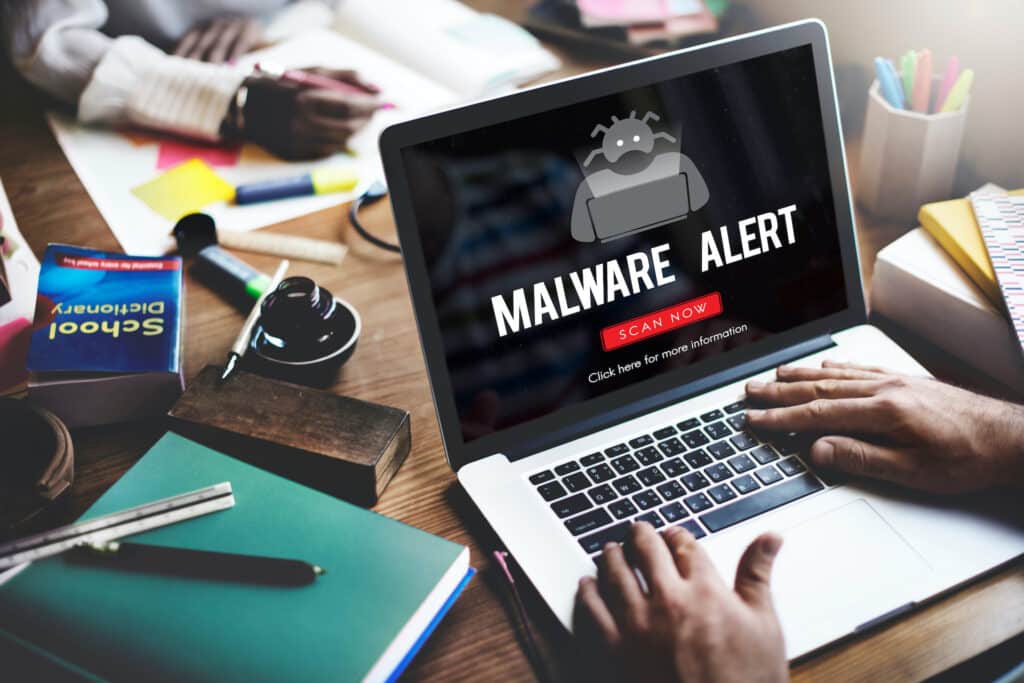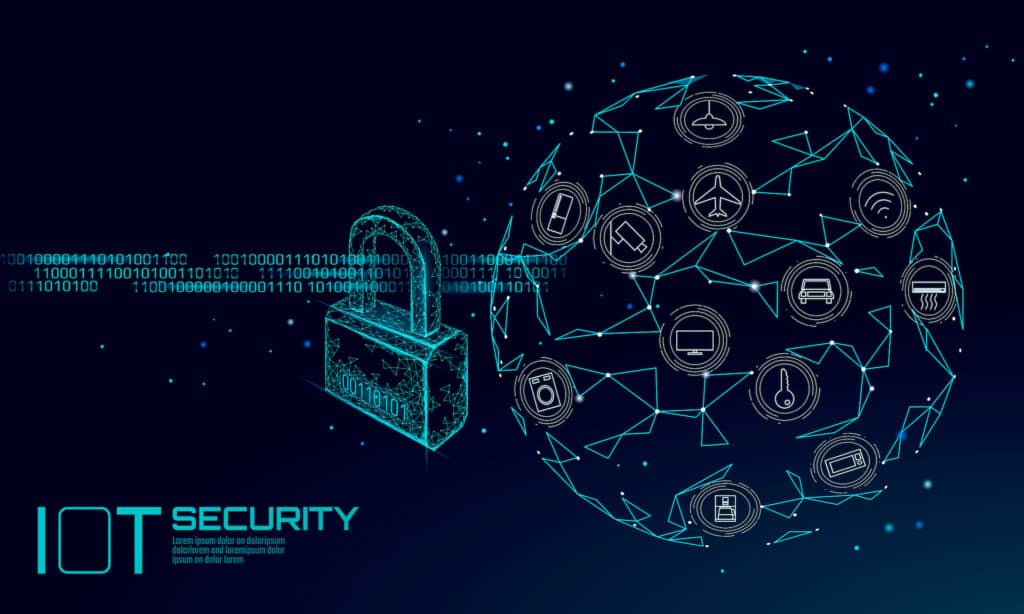Have You Been Breached?

Most people are aware that anyone could become a victim of data breaches. Unfortunately, many people did not know that information can be stolen without the victim even knowing. A hacker can penetrate into one’s network and retrieve personal information all while the affected person has no idea. There are various ways to protect yourself […]
The Increased Cybersecurity Risk with Employee Burnout

Employee burnout is a problem for many people, even under normal conditions. When burnout sets in, employees can feel stressed, emotional, and physically exhausted, leading to lower productivity and lower levels of concentration. While employee performance is essential, employee burnout can lead to a decline in their ability to adhere to workplace security policies, including […]
New Malware Affecting Devices Steals Your Money

Many common types of malware can attack your devices to gain information or damage your devices. Android devices now have to keep an eye out for a dangerous malware campaign called “troll fraud malware”. It is signing them up for services and stealing bank details to drain their bank accounts and spend their money. How […]
The RSocks Botnet Highlights the Security Risks for IoT Devices

There are a lot of ways hackers and cybercriminals can attack personal, business, and government networks and servers. A botnet is one way hackers can lead massive hacking campaigns by infiltrating connected devices worldwide and operated by a single person. These attacks are used to disrupt services, steal crucial information, and gain access to critical […]
Tips on How to Create a Secure Password

Trying to create secure password can be a challenge. Even more so when it’s recommended you have a unique password for every account and website you visit. Many people settle for using the same password across multiple accounts but using the same password can put you at risk of exposing all of your personal information. […]

